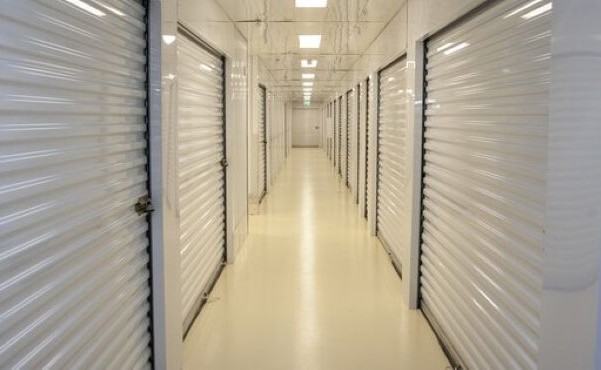The self-storage industry continues to experience robust demand in 2025, maintaining momentum from the pandemic era. According to a May 2025 report by GlobeSt., leading self-storage chains have reported year-over-year foot traffic growth, indicating sustained interest in storage solutions.
Key Drivers of Continued Demand
- High Housing Costs and Interest Rates: Elevated housing prices and interest rates have deterred many from purchasing larger homes or undertaking significant renovations. This has led individuals to seek additional storage space, as they opt to stay in their current residences longer.
- Lifestyle Changes: The pandemic prompted many to create home offices or engage in DIY projects, increasing the need for storage space. These lifestyle adjustments have persisted, contributing to ongoing demand.
- Seasonal Trends: Self-storage usage typically peaks during the second and third quarters, aligning with moving seasons and home improvement activities.
Demographic Shifts
While self-storage has traditionally catered to middle-income urban renters, there is a noticeable shift towards affluent suburban families. For instance, Extra Space Storage’s clientele from wealthy suburban families increased from 9.1% in 2019 to 10.1% in 2025, surpassing the national average of 9.6%. This trend may be attributed to factors such as adult children returning home or the repurposing of spare rooms into home offices.
Market Outlook
Despite challenges such as rising interest rates and housing market fluctuations, the self-storage sector remains resilient. The combination of sustained demand, demographic shifts, and seasonal patterns suggests that the industry will continue to thrive in the coming years.
In summary, the self-storage industry in 2025 is characterized by sustained demand driven by economic factors and lifestyle changes. The sector’s adaptability to evolving consumer needs positions it for continued success.
Source: GlobeSt.

